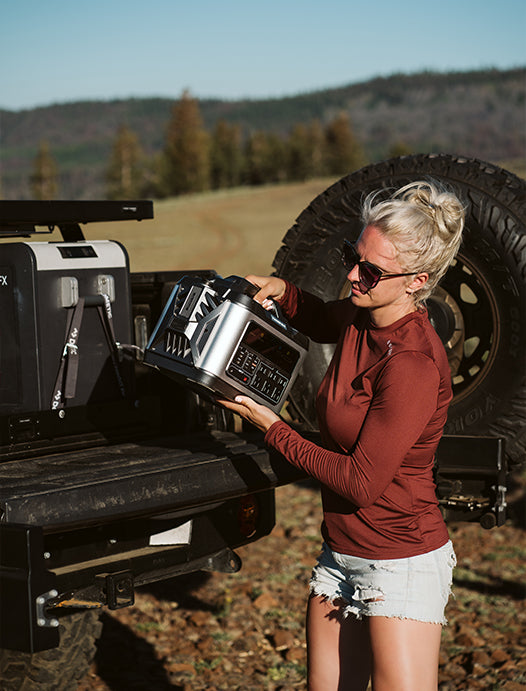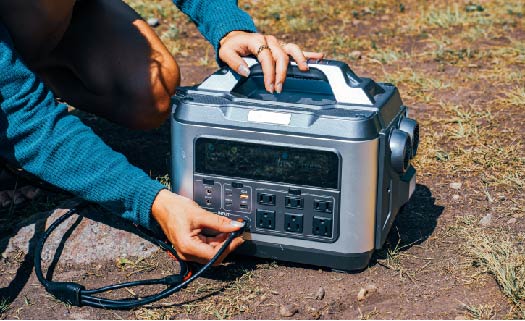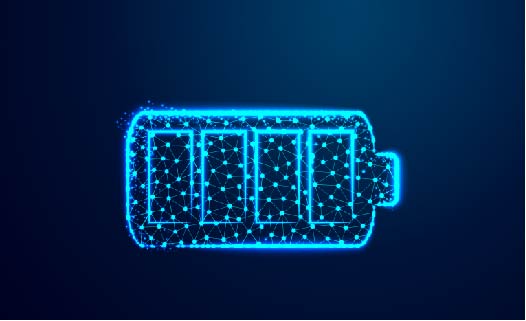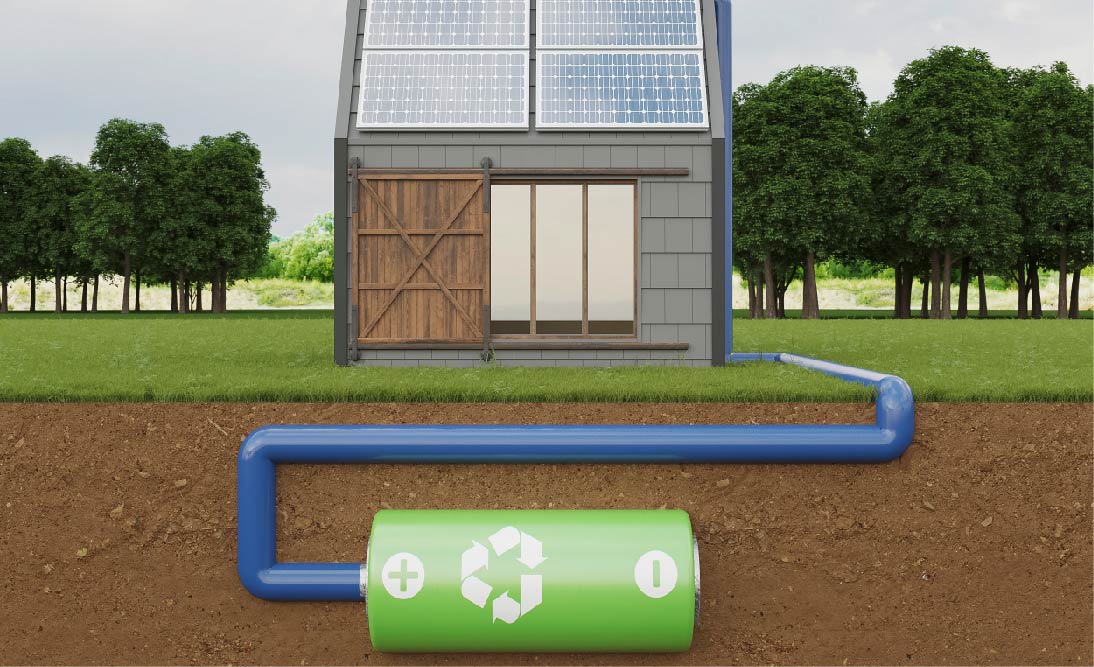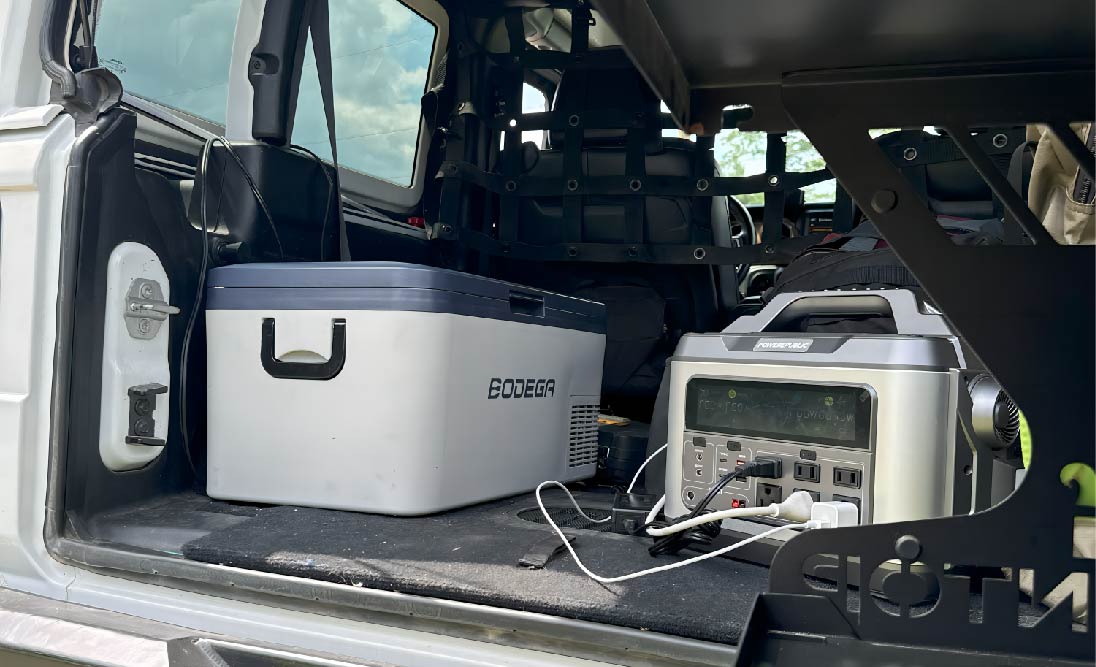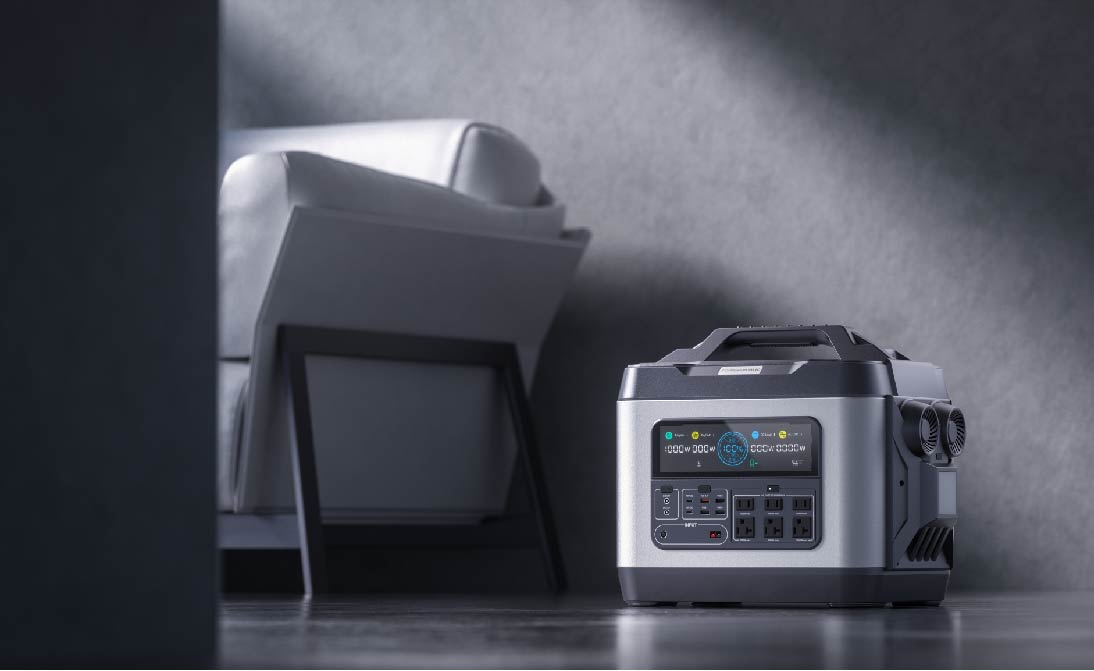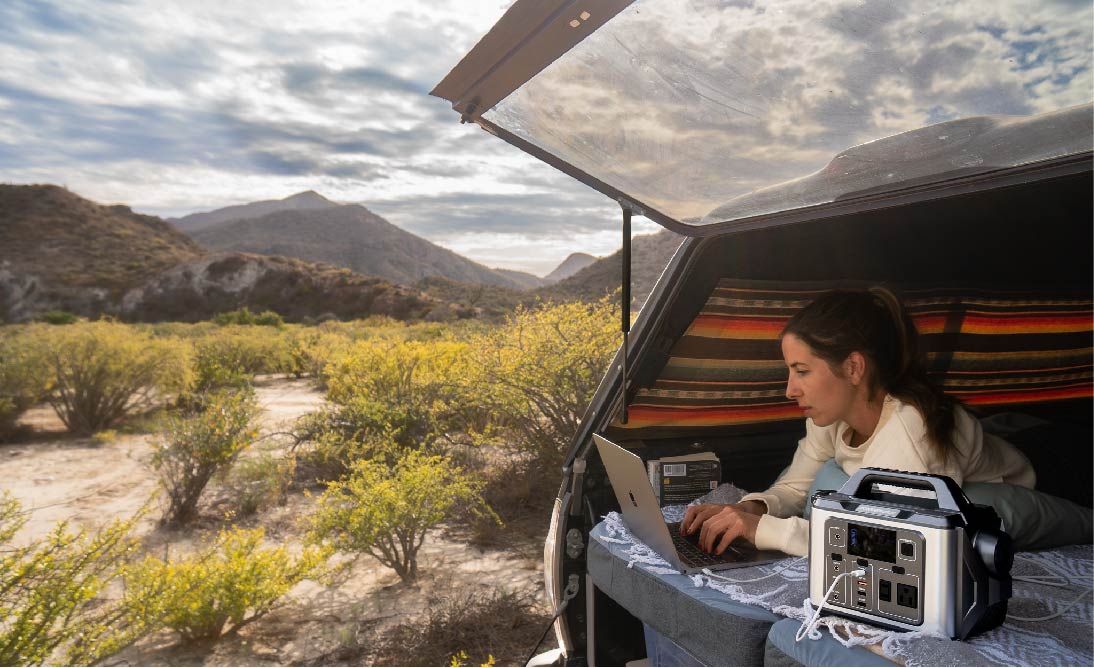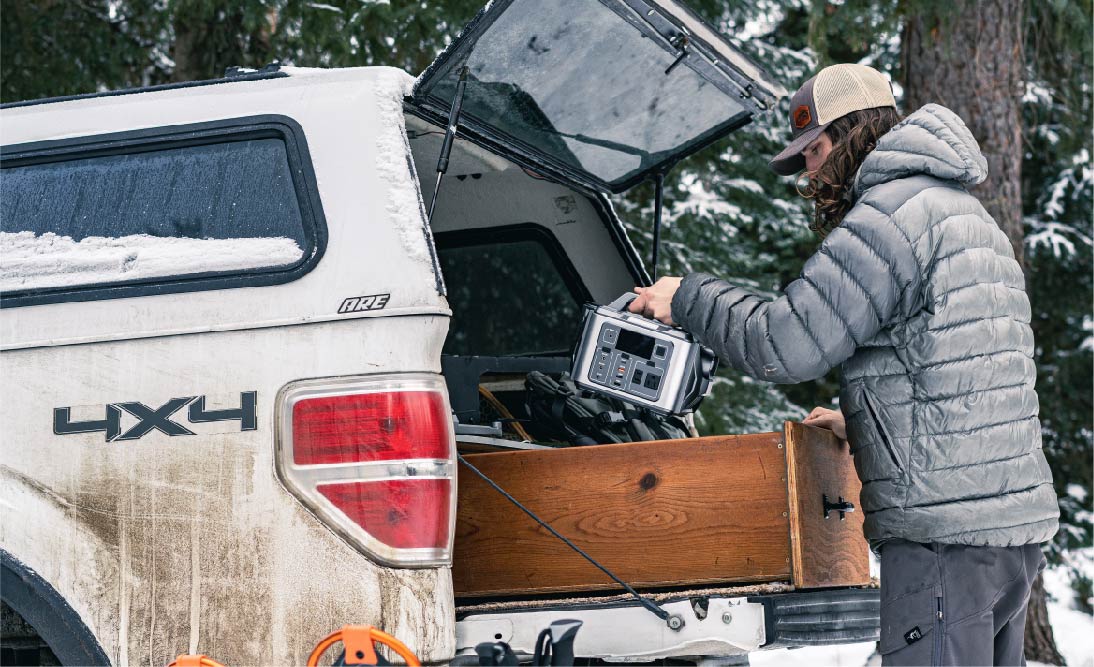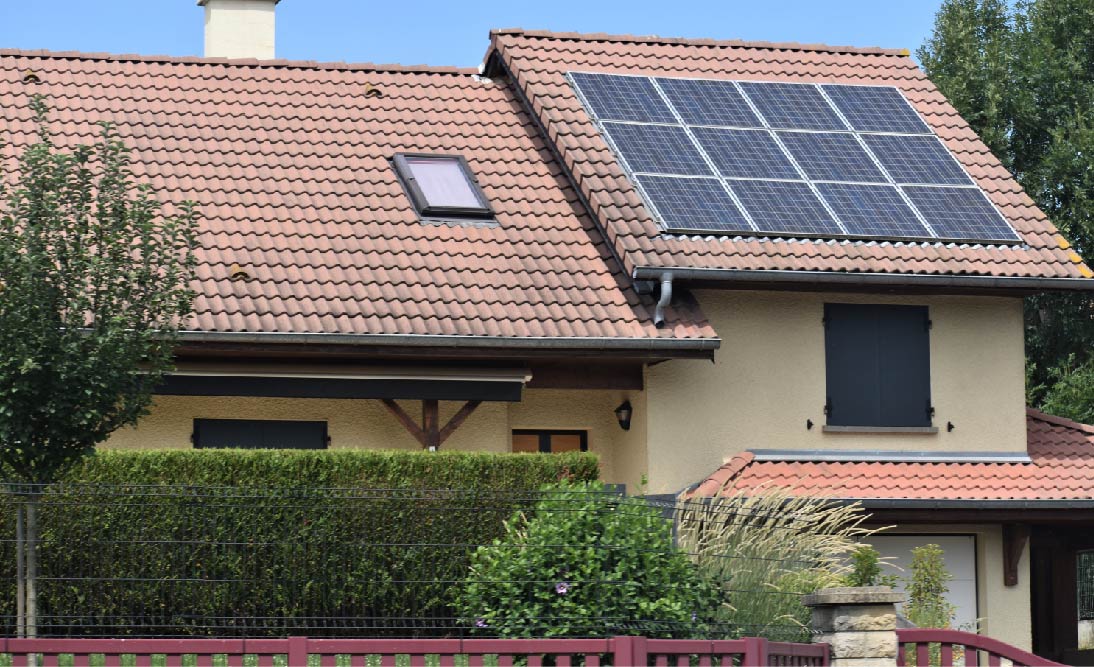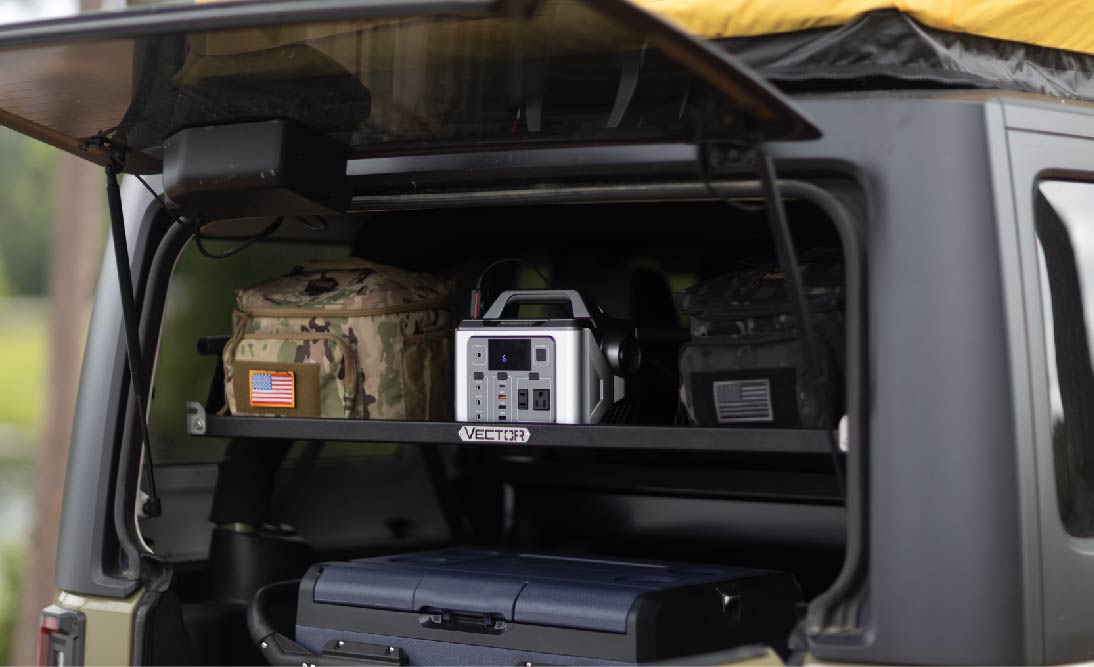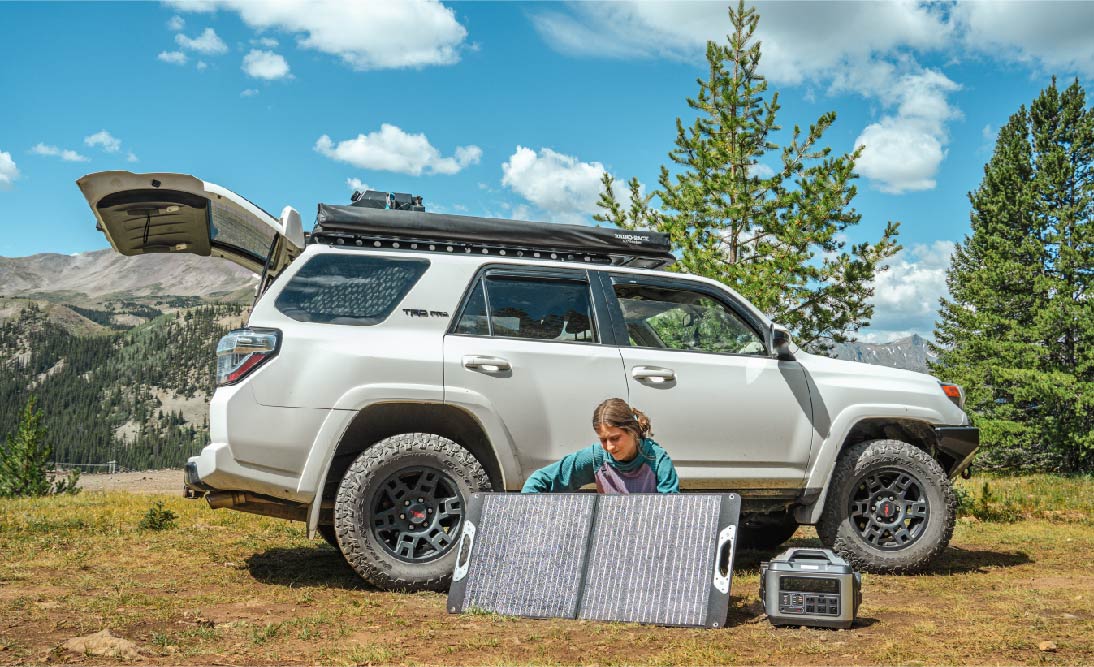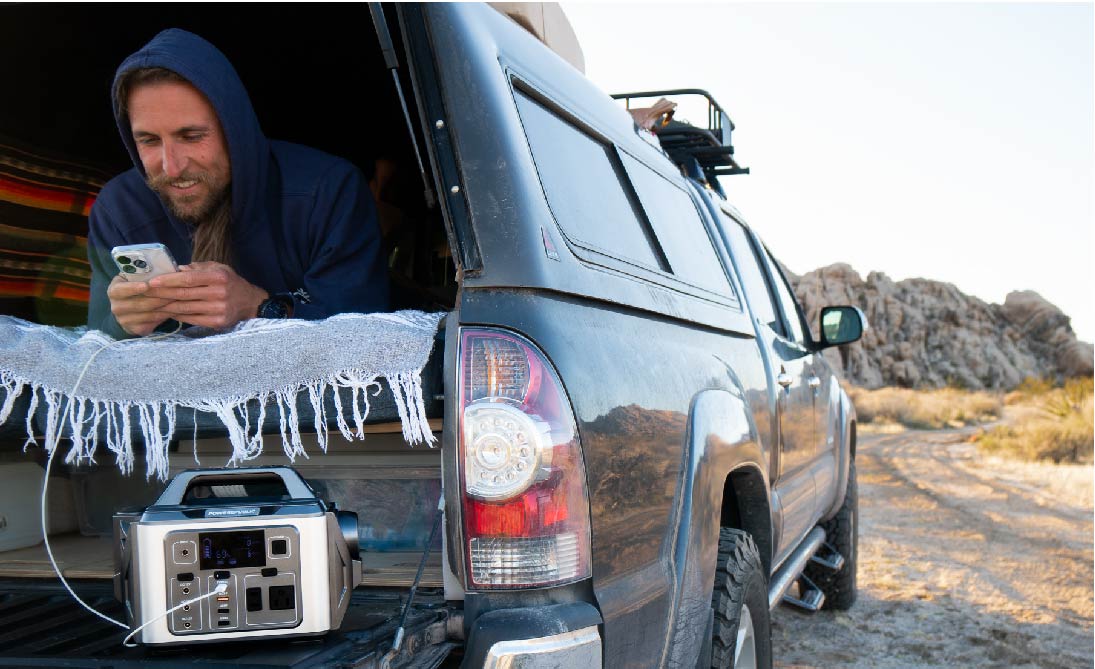A battery-powered solar generator is like a lifesaver when you're off the grid, enjoying the outdoors, or when the power unexpectedly goes out. Some of these models have big batteries and can even keep an entire house or cabin running.
People often wonder how long these solar generators can keep their devices running before needing a recharge, and how many years they can use them before getting a new one. Well, the answers to those questions depend on lots of different things.
In this article, we'll give you a quick explanation of these questions and help you pick the right portable power station for your needs.
Traditional Gas Generators VS. Solar-Powered Generators
In the past, the only option for portable power was the traditional fossil fuel generator, often called "traditional generators." While many people still use them, there's been a growing trend towards solar-powered generators in recent years. This shift is because people are becoming more environmentally conscious and eco-friendly, which is a good thing!
Let's break down the key differences between these two types of generators:
Traditional Generators:
Traditional portable generators run on nonrenewable fossil fuels like gasoline, propane, natural gas, or diesel. They use these fuels to generate electricity for your home, campsite, or any other place that needs power. As long as you keep fueling them, they can keep running for a while.
However, there are some downsides to fossil fuel generators. When you burn these fuels, they release harmful gases like carbon monoxide, among others, that pollute the air and contribute to global warming. So, using fossil fuels is a major cause of climate change due to the greenhouse gases they produce.
Traditional generators are also known for being loud, which can disturb your neighbors and fellow campers. Many campsites have started restricting their use to prevent noise disturbances and protect the environment.
Solar Generators Kits And Portable Power Stations
Portable power stations don't rely on fossil fuels at all. Instead of converting gas or diesel into electricity, they can be charged using various methods, including AC outlets, car chargers, and clean, renewable solar power.
Here's the basic idea: These power stations and other battery-based solutions don't create electricity on their own. Depending on the brand and model, you can recharge their batteries using AC outlets (just plug them into the wall), connect portable solar panels to turn them into solar generators, or use other charging methods, like a car charger while driving to your campsite.
Portable power stations, like the POWEREPUBLIC T306 (300W/296Wh), are small, lightweight, and compatible with 100W portable solar panels. They weigh less than 10 pounds and have 6 different output ports. You can take them anywhere you go, making it super easy.

If you need something bigger, check out the POWEREPUBLIC T1200. It works with either 100W portable solar panels or 200W portable solar panels, has a rated power of 1200W, a battery capacity of 1110Wh, and 10 different output ports. It can handle small devices and even larger ones like blenders, coffee makers, and electric grills.

For home backup power, you have options like the POWEREPUBLIC T2200 and T3000. The T2200 (2200W/2240Wh) can be used indoors and outdoors, with 12 output ports to run everything from cell phones to microwaves. The T3000 is a powerhouse with 3000W rated power, 3200Wh battery capacity, and 12 output ports. It can handle just about anything.
Before you get one, be sure to think about your actual needs to avoid spending more than you need to, as portable power stations can be a significant investment.
Factors Affecting The Running Time
Let's break down how long solar generator kits can last between recharges and what affects their overall lifespan. To answer these questions, we need to consider factors like the rated wattage, battery capacity, energy requirements of your devices, and more.
Here are some key factors to keep in mind:
1. Type of Battery
-
All batteries degrade over time, losing storage and output capacity based on usage and how low the battery level drops before recharging.
-
LiFePO4 (LFP) batteries, also known as Lithium Iron Phosphate, are efficient and long-lasting. They typically last up to twice as long as lithium-ion batteries and much longer than lead-acid batteries. LiFePO4 batteries are stable and safe, making them ideal for residential and commercial applications.
2. Output/Battery Capacity (Wh/KWh)
-
Portable power stations and generators rate their electricity output capacity in watt-hours (Wh) or kilowatt-hours (kWh). This capacity represents the maximum amount of electricity they can deliver.
-
Higher battery capacity means you can run more devices simultaneously and for longer periods.
3. Type of Appliances
-
Consider the power requirements of your appliances. Some appliances, like air conditioners, refrigerators, electric ovens, and washing machines, require substantial power, often more than 1,000W.
-
Some appliances need more power to start (surge power) than to run continuously. Certain power stations, like POWEREPUBLIC, use surge power technology to double their rated power temporarily to start these appliances.
4. Number of Devices and Appliances
-
The total power of all your devices and appliances determines how long your battery will last.
-
Think carefully about what devices you need to run during power outages in remote areas. Add up their power requirements (including surge power) to ensure your power station has enough capacity to last as long as you need.
-
Using energy-efficient appliances and devices can help prolong battery life.
Remember that the more devices you run simultaneously, the faster your battery will drain. So, consider your specific needs and calculate accordingly to ensure your solar generator serves you well during outages and remote adventures.
What’s The Overall Life Span of A Portable Power Station?
Investing in portable power stations is a smart move if you're frequently going outdoors. But before you leap, it's crucial to understand your actual needs and find a solution that offers enough power output and storage to meet those needs.
The lifespan of portable power stations, or solar generator kits, hinges on various factors, with the most critical one being the type of battery it uses:
Lead-Acid Batteries: These batteries might only last a year or two if you don't use them often.
Lithium-Ion Batteries: Typically, these batteries operate well for around five years before you notice a decline in their battery capacity.
LiFePO4 (LFP) Batteries: These advanced batteries should last for approximately 10 to 15 years or even more before you start to see a noticeable drop in performance.
So, when you're in the market for portable power stations, make sure to opt for ones equipped with LiFePO4 (LFP) batteries. This choice will ensure you get the most longevity and reliability out of your investment.
Conclusion
In summary, how long portable power stations last before needing a recharge and its overall lifespan depend on various factors. These factors include the battery type, usage frequency, and the types of appliances you plan to power. It's essential to consider these factors before making a purchase decision.
Before you buy, clearly understand your electricity generation and storage needs, both short-term and long-term. Determine which appliances you want to power and for how long. This knowledge will guide you in choosing the right portable power station.
Let POWEREPUBLIC Portable Power Stations and Solar Generator Kits Back You Up.
